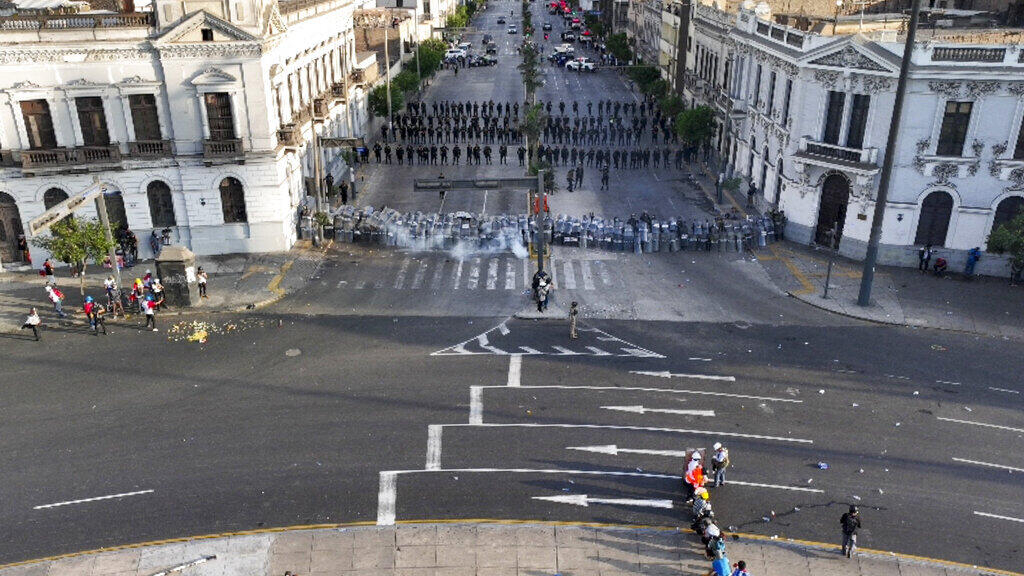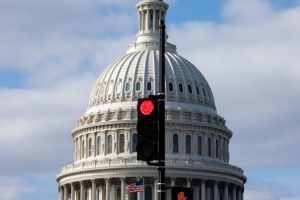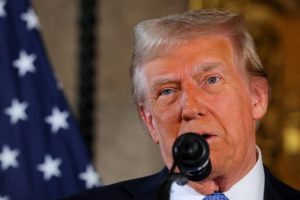First modification:
The Peruvian government has ordered the intervention of the police and the army to evict dozens of roadblocks installed throughout the country by protesters demanding the resignation of President Dina Boluarte. Clashes between security forces and protesters have left at least 56 dead in a month and a half of crisis.
With Juliette Chaignon, RFI correspondent in Lima
The Minister of Economy mentions more than 500 million dollars in losses since the start of the mobilizations six weeks ago, or 0.22% of Peru’s annual GDP.
The South American country has been plunged into a serious political crisis since the dismissal and arrest, on December 7, of the leftist president Pedro Castillo, accused of attempted coup d’état for having wanted to dissolve the Parliament that was preparing to dismiss him.
Clashes between security forces and demonstrators demanding the resignation of President Dina Boluarte and the immediate holding of elections left at least 56 dead and more than a thousand injured.
In Ica, Arequipa, in the south of the country, it is difficult to supply the fruit and vegetable markets. Due to blocked roads. Authorities counted 88 roadblocks on Thursday in eight of Peru’s 25 regions. The same problem in Puerto Maldonado, an isolated area in the Amazon jungle: fuel and gas shortages. A carboy costs 60 dollars, four times more than normal. Lockdowns cause shortages and drive up prices.
Tourism at a standstill
Farmers are also not allowed to export their products. Losses are estimated at $150 million, according to a farm union. Although many of the protesters are farmers and say they are willing to sacrifice.
Another paralyzed sector: tourism. In Cusco, in the Andes, access to Machu Picchu is closed. And between 50% and 60% of the country’s tourist reservations have been cancelled. There are also fears of a loss of investor confidence, higher inflation and growth below the already low 2.9% forecast. Peru also continues to struggle to recover economically from the pandemic.



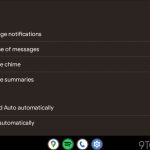

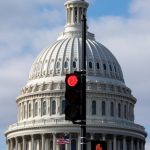


![[Img #74675]](https://thelatestnews.world/wp-content/uploads/2024/12/They-discover-a-new-class-of-X-ray-sources-in-the-150x150.jpg)


